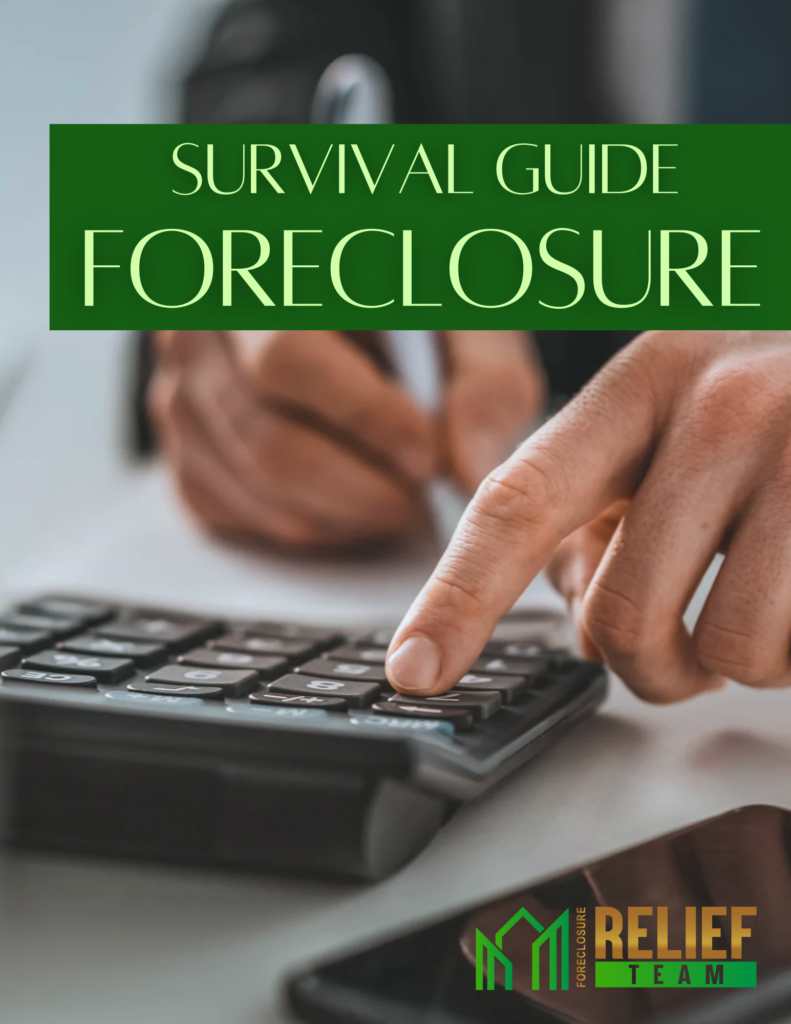Description:
Refinancing involves taking out a new loan to pay off the existing mortgage or debt. This option allows the homeowner to satisfy the current loan and replace it with a new one. Due to the foreclosure status, refinancing typically requires the homeowner to have at least 50% equity in the home to mitigate the risk for the new lender.
Types:
HECM Loan (Reverse Mortgage):
Available for homeowners aged 62 and older, a Home Equity Conversion Mortgage (HECM) allows the homeowner to convert part of the home’s equity into cash. The loan does not require monthly mortgage payments, and the balance is due when the homeowner sells the home, moves out, or passes away.
Hard Equity Loans:
These are loans provided by private or hard equity lenders, typically for homeowners with at least 50% equity in their property. These loans are easier to qualify for but come with higher interest rates and fees to compensate for the increased risk.
Creative Financing:
This out-of-the-box approach involves leveraging personal connections or other assets to secure the necessary funds. The homeowner might involve family members, friends, or associates who can help with financing, or they might finance another property to generate the funds needed to pay off the debt on the foreclosure property. Creative financing can also include other non-conventional methods to secure the necessary funds.
Key Points:
Pros:
- Provides a way to satisfy the existing mortgage or debt and avoid foreclosure.
- Allows homeowners with substantial equity to leverage that value to secure new financing.
- Creative financing offers flexible and non-traditional ways to raise the needed funds.
Cons:
- Refinancing in foreclosure is challenging, as most traditional banks are reluctant to offer new loans to homeowners in distress.
- The lenders willing to provide financing, such as hard equity lenders, typically charge high closing costs and demand a high interest rate to mitigate the risk.
- Hard equity loans and private financing options come with higher costs, which can increase the financial burden on the homeowner.
- Requires at least 50% equity in the home to qualify for most refinancing options, due to the increased risk associated with lending to homeowners in foreclosure.
Important Note:
Homeowners should be cautious when considering refinancing options during foreclosure, as the costs associated with hard equity loans and private lenders can be significant. Creative financing can be beneficial but may involve complexities that require careful consideration.












